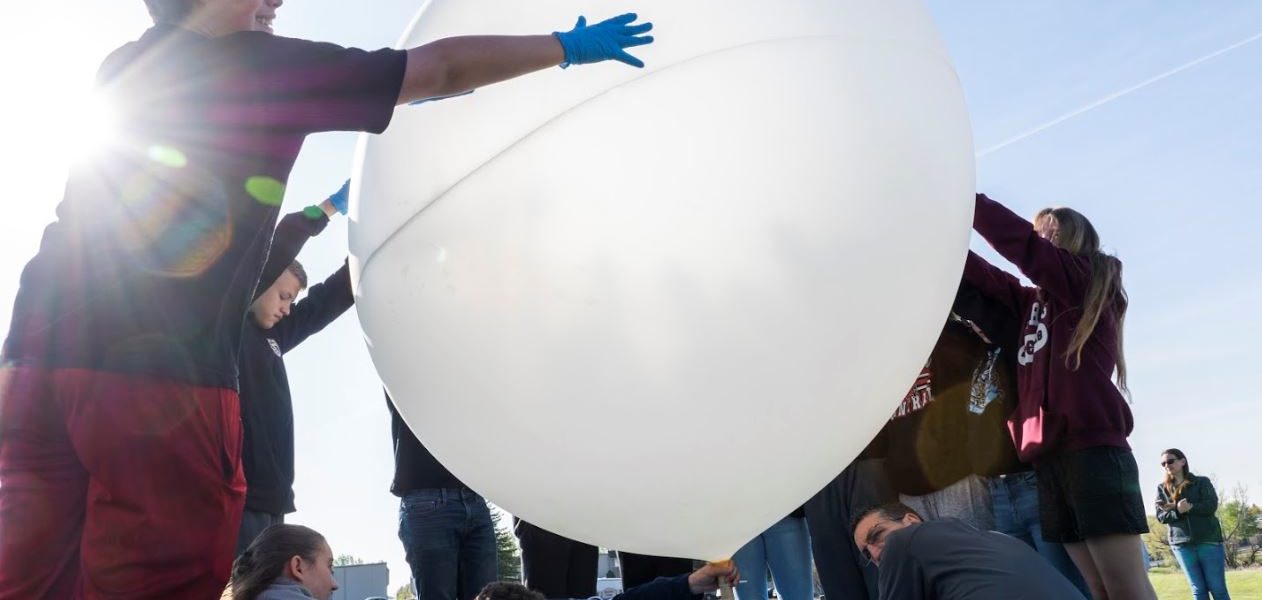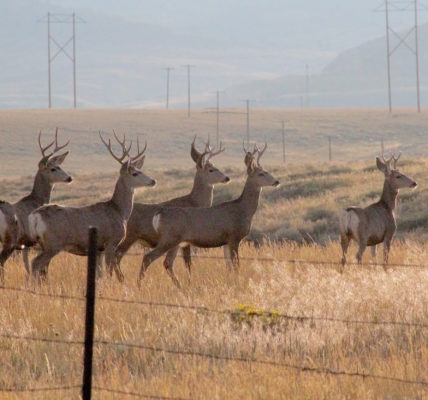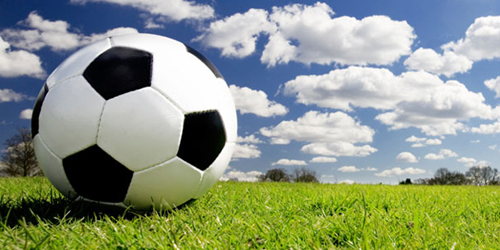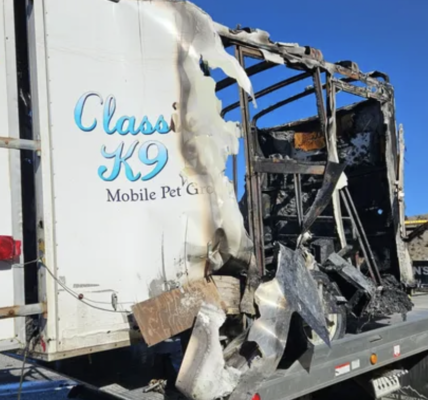By Ramsey Scott
Wyoming Tribune Eagle
Via Wyoming News Exchange
CHEYENNE — Most eighth grade science experiments don’t require a parachute and clearance from air traffic control. But they weren’t in Cheyenne on Saturday morning, either.
The science experiment in question was created by a group of eighth-grade students from McCormick Junior High. The experiment, a weather balloon tricked out with multiple computers, cameras and scientific instruments, was designed to travel up to about 85,000 feet in the stratosphere before exploding and then floating down to the ground from an attached parachute.
The balloon’s launch from McCormick early Saturday morning was the culmination of weeks of work by the group of eight STEM students who partnered with teachers and mentors for the Iter Ad Astra – Road to the Stars – project.
“We worked on this for a couple months, meeting basically every Wednesday on this,” said Jacob Morris, 14, one of the eighth graders in the group. “It was pretty cool to see it go up.”
All that worked paid off when a few hours after launch the balloon safely landed in Bushnell, Nebraska, just 10 miles east of the expected landing site of Pine Bluffs.
Joel Kirkbride, 14, another eighth-grader on the project, said he was excited to see all the data and pictures taken from the multitude of technology packed into the module they designed and sent up into the air.
The payload included two Raspberry Pi computers, which the students programmed to gather atmospheric and GPS data, as well as two cameras.
“It should be interesting to see everything it picks up,” Kirkbride said.
All the high-tech equipment that adorned the weather balloon was the product of a significant grant given to the school by Microsoft’s TechSpark program. The company, along with the Cheyenne Rotary Club and a host of volunteer mentors, teamed up to give the students a chance to work with equipment usually reserved for companies with deep pockets.
“This is all about STEM,” said Don Day Jr., a local meteorologist who owns DayWeather Inc. and has worked with students on this and various other projects.
Day said the previous balloon experiments students have conducted in recent years were more basic when it came to the technology involved. But the grant allowed for this experiment to gather so much data, and also provide an avenue for students to experience things like coding and design outside of the classroom.
“This is mixing coding with weather and everything else. It’s gotten quite involved,” Day said. “This project encapsulates everything to do with STEM.”
Allowing the group to partner with professionals to get hands-on experience programming, designing and launching the high-tech weather balloon is an invaluable real-world application of science, said Bill Snow, an eighth-grade science teacher at the school.
Experiments like this allow students to see what can be created from the nebulous scientific lessons in their textbooks.
“It’s the real process. It’s hands-on science. And there’s not a lot of opportunities to do this kind of stuff,” Snow said. “There’s so much testing and retesting. And this is a great opportunity for them to make mistakes, learn how to fix mistakes, re-hypothesize – all the elements of the scientific method are in play here and we can share it with the kids. These guys have made a ton of mistakes but they learned from it and it all went off (perfectly).”
But the benefit to the students goes beyond just that process, Snow said. The data gained from the two or so hours the balloon is set to be in the air will provide tangible data for eighth-graders at McCormick to work with and use to learn.
“This is our real data. It’s exciting stuff. They see it and it becomes real as opposed to just textbook stuff,” Snow said. “All of the students in the (science) core, all six of the classes will benefit from it. That’s the cool thing is that it will transfer, and we’ll share it with all the kids and we’ll look at the data and the profile of our atmosphere.”





